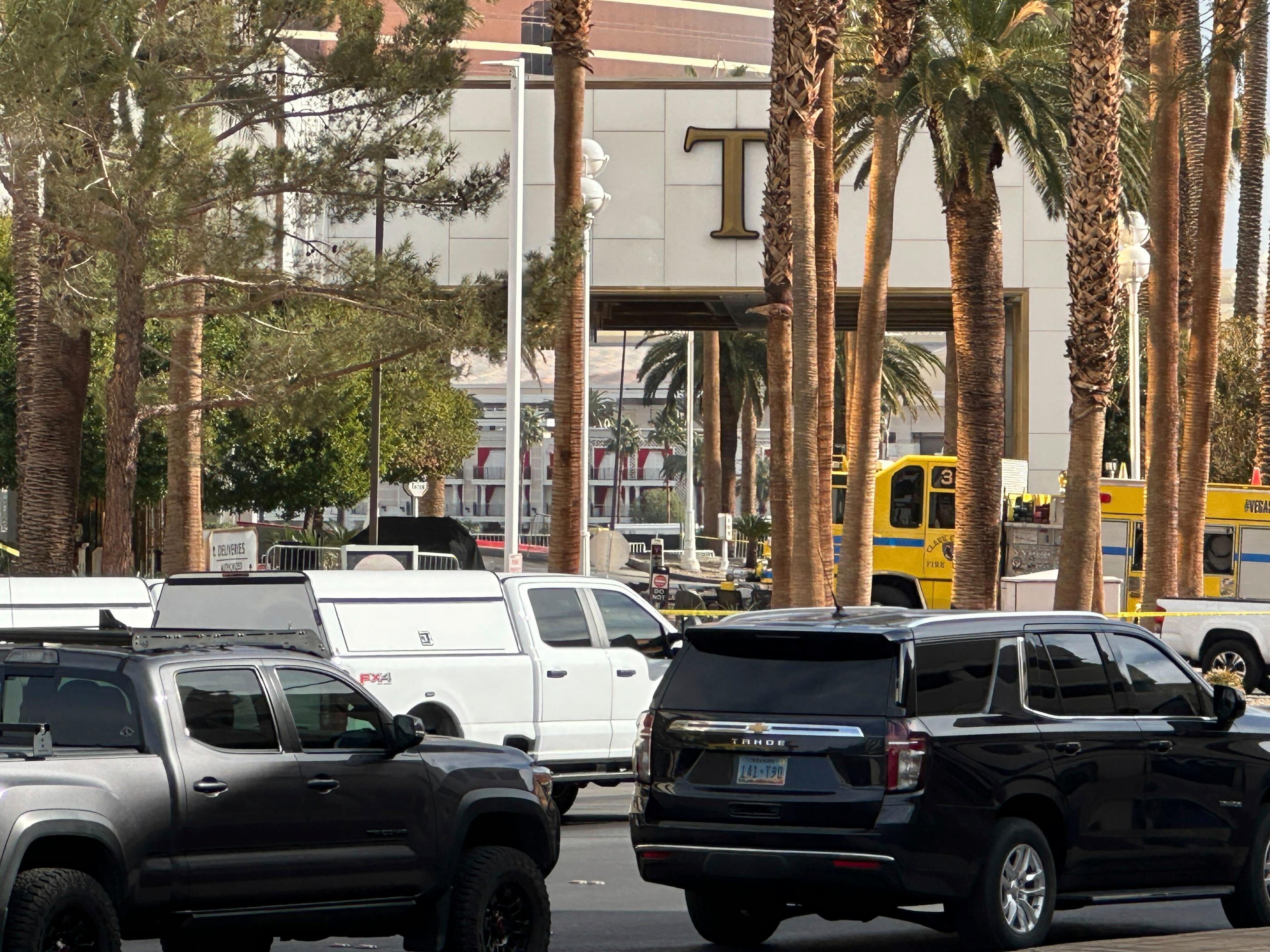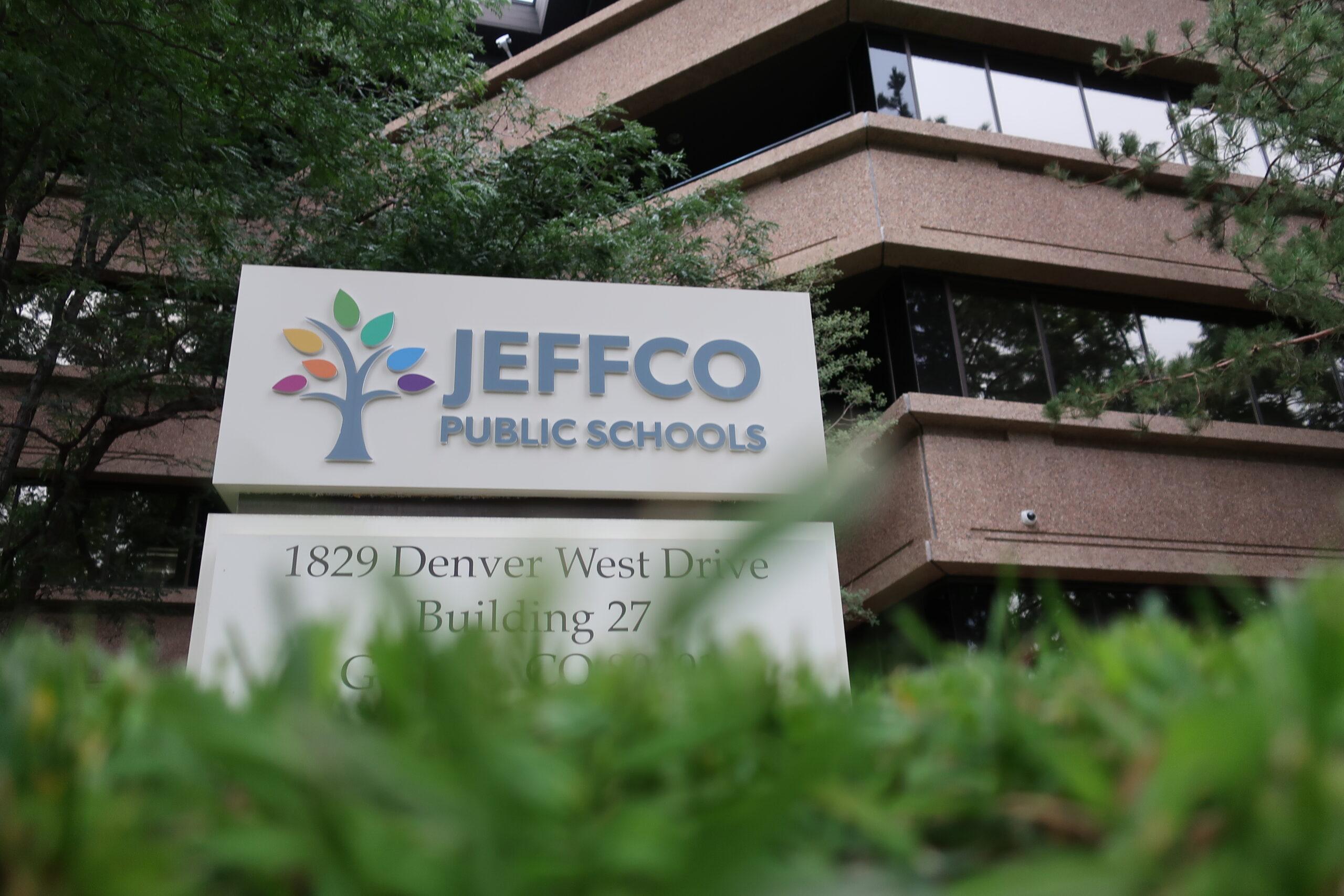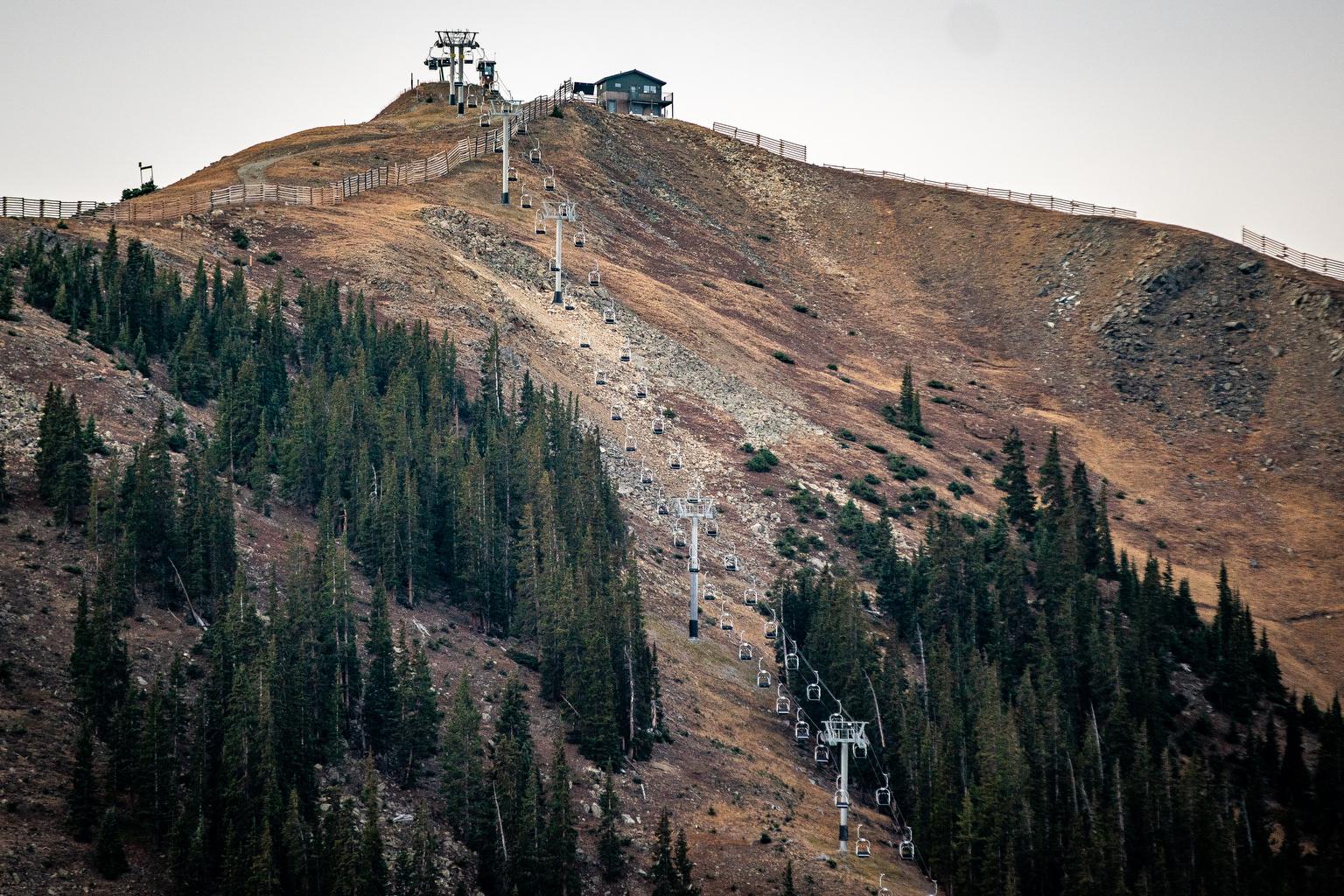
Colorado’s most committed skiers and snowboarders are already checking the weather forecast, searching for any sign of the first snow. It could be another month before that happens, but ski areas across the state are testing their equipment this week to make sure they are ready for another busy season.
Loryn Roberson, Director of Marketing at Loveland Ski Area, says natural flakes and chilly weather aren’t actually required for snowmaking teams to set up runs with a good base. Instead, teams operating the snow guns are waiting on an ideal “wet bulb temperature.”
“It's a measurement of the normal temperature outside plus the humidity,” Roberson said.
While there are now digital monitors, wet bulb temperature is traditionally measured by special thermometers wrapped in wet fabric. The set-up is ventilated as part of a larger system called a psychrometer. As humidity decreases, the wet bulb temperature becomes lower than the normal air temperature.
The ideal snowmaking wet bulb temperature is 27.5 degrees Fahrenheit. That means if the atmospheric humidity is very low, ideal snowmaking conditions can develop at temperatures slightly above 32 degrees Fahrenheit when natural snow would be impossible.
For example:
- 32 degrees Fahrenheit dry temperature and a humidity of 90 percent are equal to a wet-bulb temperature of 30.9 degrees Fahrenheit
- 35.6 degrees Fahrenheit dry temperature and a humidity of 30 percent are equal to a wet-bulb temperature of 27.0 degrees Fahrenheit
However, if the air humidity is high, the two most common types of snow guns require colder temperatures to operate.
The first type of snow gun compresses air and shoots water high into the sky as tiny droplets that freeze and fall to the ground as snow. The second type blows out a stream of water with a fan and completes the same process.
“What we want this time of year is those cold temperatures. So do your cold temperature dances, not your snow dances just yet,” Roberson said.
Making snow requires an estimated 106 gallons to create 11 square feet of snow. It’s estimated a typical ski resort can use millions of gallons of water per year to fill the slopes if natural snow doesn’t fall, however, much of it returns to the natural watershed as the man-made snow melts.
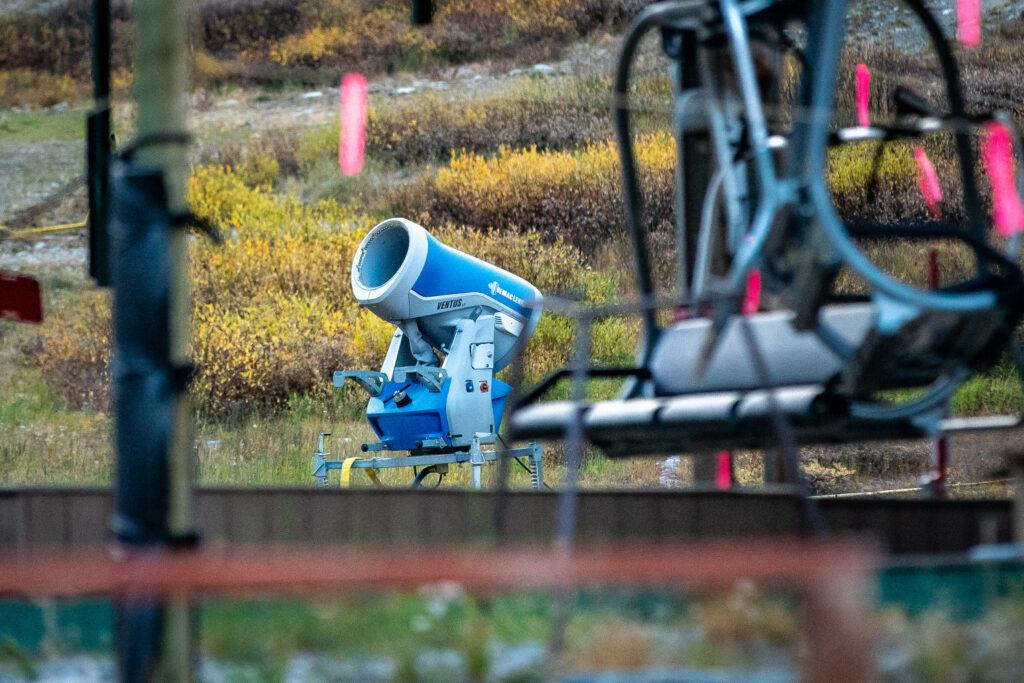
The energy costs can be high, but many resorts are switching to renewable. Arapahoe Basin, for example, uses solar energy powered by Xcel’s Renewable Connect program to run its snow guns.
With resorts like Loveland and Arapahoe Basin having tested and approved their equipment for the season, teams will now begin monitoring snowmaking conditions around the clock.
“[Loveland’s snowmaking team is] constantly watching that wet bulb temperature. They're ready to go at a moment's notice, and that typically happens in the middle of the night, in the early morning hours,” Roberson said.
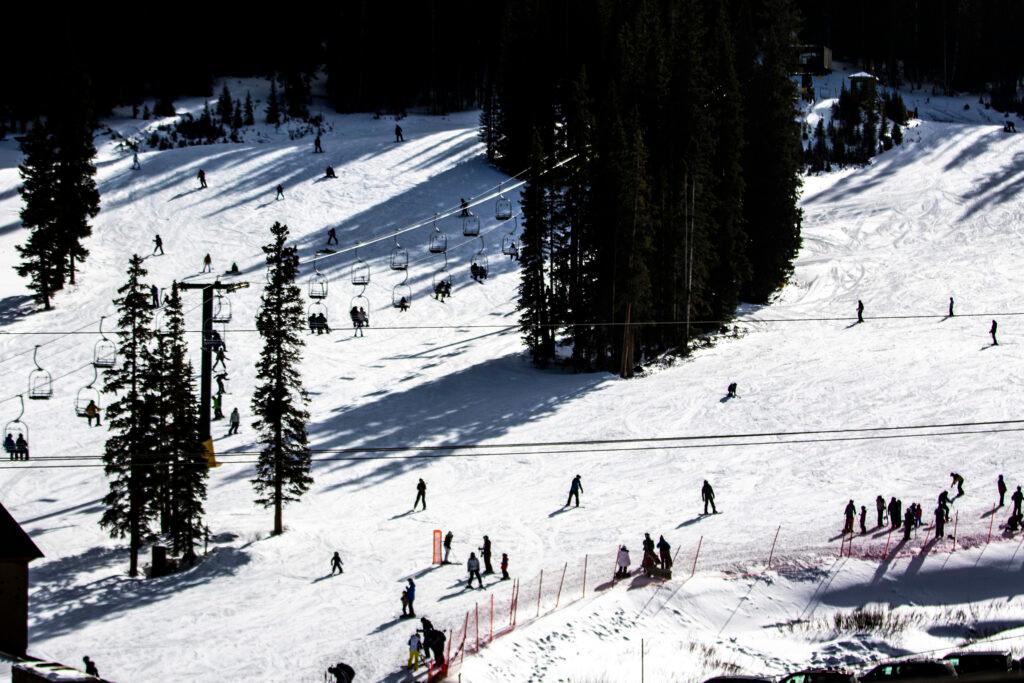
Because of the typical timing of perfect wet bulb temperature, snow gun teams work overnight, arriving to start their shifts at 6 p.m.
“It's always a really exciting time around the resort once we hit those temps and we're able to start blowing snow,” Roberson said.
This year, most resorts along I-70 are aiming for a late October or early November opening date. Bernie Meier, a meteorologist with the National Weather Service in Boulder, said ski areas will likely achieve that goal regardless of how late the first snowfall occurs in the high country. Temperatures are forecasted to cool down over the next 10 days, and a storm system moving from the northwest will allow us to tap into optimal snowmaking conditions in the high country.
“The next system we have rolling in would be a good chance to make snow and hold snow come late October and into November,” he said.
NWS is also anticipating a La Niña year, which means conditions will be drier on the eastern slope with more storms accumulating in the mountains due to the west-to-east wind flow the phenomenon causes. Regardless of the warmer temperatures that could bring, Roberson says Loveland Ski Area is still anticipating a good season.
“It's all up to Mother Nature, but the 10-day forecast is looking like those temps are going to start dropping so that we can fire up those snow guns … and create that nice base to get our ski runs open,” she said.

